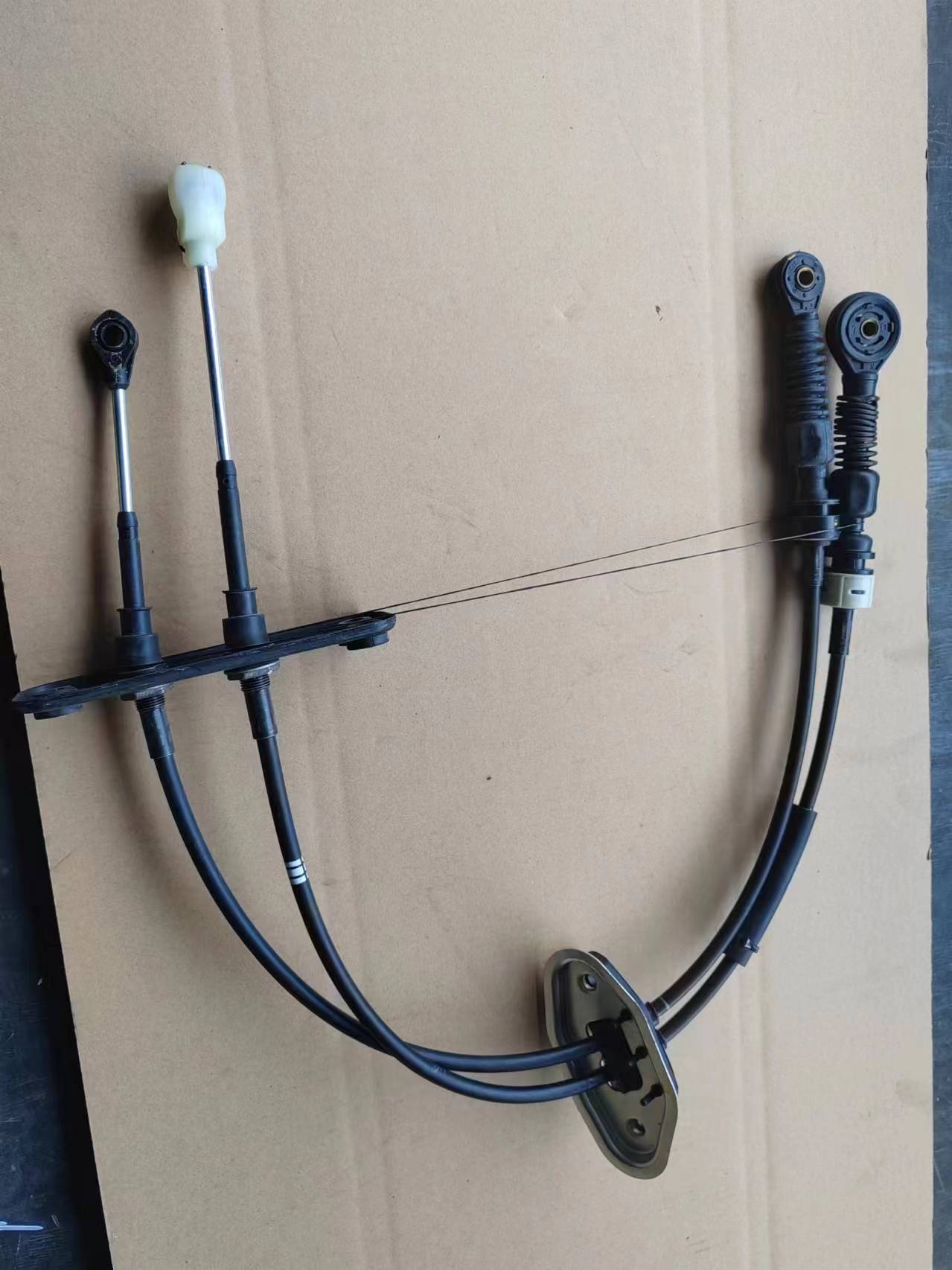Choosing the Right Gear Cable for Your Vehicle's Transmission System
Understanding Gear Cable for Cars A Comprehensive Guide
When it comes to vehicle operation, every component plays a vital role in ensuring smooth performance. Among these components, the gear cable may not be the most glamorous, but it is certainly one of the most essential, especially for manual transmission vehicles. In this article, we delve into the significance of gear cables, the typical problems associated with them, and how to maintain them for optimal performance.
What is a Gear Cable?
A gear cable, often referred to as a clutch cable or shifter cable, is a flexible conduit that transmits the movement of the gear lever to the gears within the transmission system. Its primary function is to facilitate the shifting in manual transmissions, allowing the driver to engage different gears effectively. The gear cable connects the gear shifter to the gearbox and is crucial for the smooth operation of the vehicle's transmission system.
Importance of Gear Cables
The significance of gear cables cannot be overstated. They are pivotal for controlling the gear shifting mechanism, which directly affects the vehicle’s performance. A well-functioning gear cable ensures that transitions between gears are smooth and instantaneous, enhancing driving comfort and efficiency. Conversely, a malfunctioning gear cable can lead to difficulty in changing gears, slipping out of gear, or, in severe cases, total failure to shift. This not only makes driving cumbersome but can also lead to further damage to the transmission system, resulting in costly repairs.
Common Problems with Gear Cables
1. Worn Out or Frayed Cable Over time, due to constant use, gear cables can wear out or become frayed, affecting their performance. Signs of wear may include difficulty in shifting or the gear lever feeling loose.
2. Corrosion Exposure to moisture and road salt can lead to corrosion of the cable, particularly at the ends where they connect to the gear lever and the transmission. Corroded cables can disconnect or lead to unpredictable shifting.
3. Cable Tension Issues The tension of the gear cable is crucial. If it's too loose, it can cause delayed gear engagement. If it’s too tight, it can lead to premature wear and increased effort required to shift gears.
4. Misalignment If a cable becomes misaligned due to improper installation or damage, shifting can become erratic or impossible.
gear cable for car

5. Lubrication Problems Gear cables often require lubrication to function correctly. Lack of lubrication can lead to increased friction, causing the cable to wear out faster.
Maintenance and Care
To prolong the life of gear cables and ensure optimal performance, regular maintenance is essential. Here are some practical tips
1. Routine Inspections Regularly check the gear cable for any signs of wear, fraying, or corrosion. Early detection of issues can prevent more significant problems down the line.
2. Keep the Area Clean Regularly clean the area around the gear cable and its connections to prevent the buildup of dirt and debris, which can lead to wear and tear.
3. Proper Lubrication Ensure that the cables are adequately lubricated as specified by the manufacturer. This reduces friction and helps maintain smooth operation.
4. Monitor Adjustments If you notice any changes in shifting performance, it may be necessary to adjust the tension of the cable. Consult a professional mechanic if you're uncertain about how to proceed.
5. Professional Servicing If the cable shows signs of severe wear or if you experience persistent shifting problems, it's advisable to consult with a mechanic. Replacing a broken or faulty gear cable is crucial for safety and performance.
Conclusion
In summary, gear cables may seem like a small component of your car, but their role is crucial for the overall performance of manual transmission vehicles. Understanding their function, recognizing the signs of potential problems, and practicing regular maintenance can help ensure the smooth operation of your vehicle. By giving due attention to the condition of your gear cable, you can avoid unnecessary repairs and enjoy a more dependable driving experience.
-
Workings of Clutch Pipe and Hose SystemsNewsJun.04,2025
-
The Inner Workings of Hand Brake Cable SystemsNewsJun.04,2025
-
The Secrets of Throttle and Accelerator CablesNewsJun.04,2025
-
The Hidden Lifeline of Your Transmission Gear Shift CablesNewsJun.04,2025
-
Demystifying Gear Cables and Shift LinkagesNewsJun.04,2025
-
Decoding Clutch Line Systems A Comprehensive GuideNewsJun.04,2025
